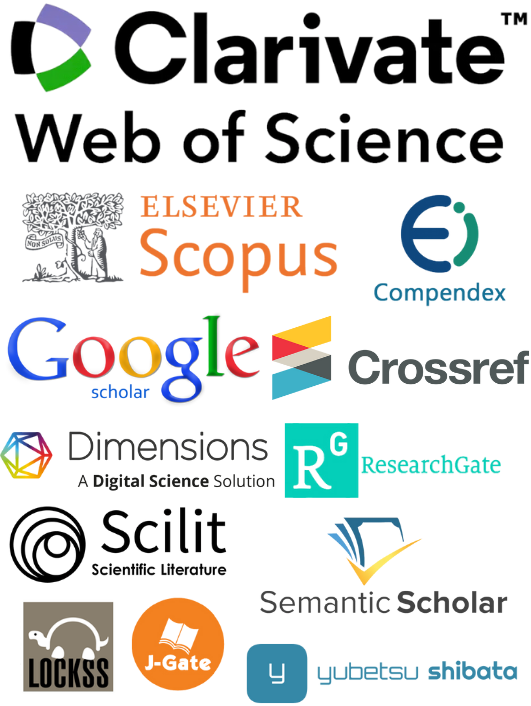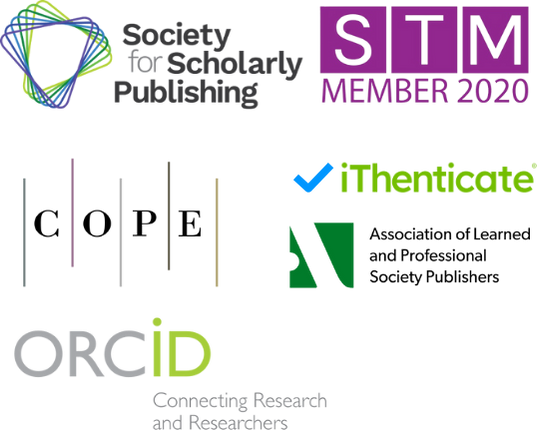The Promoting Role of Data Analysis Technology in Sustainable Energy
Keywords:
sustainable energy, data analysis, artificial intelligence, smart grid, clean energyAbstract
Promoting the development of renewable energy is a key strategy to address global energy supply shortages and climate change issues. With the rapid advancement of data analysis technology, it has injected new vitality into the renewable energy industry. This article discusses the specific applications of core data analysis technologies such as artificial intelligence and machine learning, data mining and pattern recognition, predictive analysis and optimization algorithms in the field of energy. By utilizing data analysis technology, it is possible to monitor the energy network in real time and promptly issue fault alerts. At the same time, it can optimize the operation of the smart grid, increase the output efficiency of green energy, and provide scientific data support for the formulation of energy allocation strategies. Research has shown that data analysis technology provides solid support for the popularization and efficient management of sustainable energy, promotes the green transformation of energy structure, and provides feasible solutions for achieving global sustainable energy development.
References
1. A. M. Dahunsi and B. A. K. Foli, “Assessment of past and future potential of ocean wave power in the Gulf of Guinea,” Int. J. Sustain. Eng., vol. 16, no. 1, pp. 302–323, 2023, doi: 10.1080/19397038.2023.2269204.
2. K. Suriyan, P. Adhikary, K. Karpoora Sundari, M. C. Madhu, C. S. Madhusudhana, and B. N. Badari Narayana, "A novel reconfigurable hybrid DC-AC home technique with renewable energy resources and converters," Int. J. Sustainable Eng., vol. 16, no. 1, pp. 285–301, 2023, doi: 10.1080/19397038.2023.2205872.
3. P. Sharma, “Analyzing the role of renewables in energy security by deploying renewable energy security index,” J. Sustain. Dev. Energy Water Environ. Syst., vol. 11, no. 4, pp. 1–21, 2023, doi: 10.13044/j.sdewes.d11.0463.
4. P. Rentschler, C. Klahn, and R. Dittmeyer, “The need for dynamic process simulation: A review of offshore power-to-X systems,” Chem. Ing. Tech., vol. 96, no. 1–2, pp. 114–125, 2024, doi: 10.1002/cite.202300156.
5. S. Kunwar, N. Pandey, P. Bhatnagar, G. Chadha, N. Rawat, N. C. Joshi, et al., “A concise review on wastewater treatment through microbial fuel cell: sustainable and holistic approach,” Environ. Sci. Pollut. Res., vol. 31, no. 5, pp. 6723–6737, 2024, doi: 10.1007/s11356-023-31696-x.
6. M. I. Nazir, A. Ahmad, and I. Hussain, “Water cycle algorithm based parametric tuning of non-negative LMMN control of grid tied renewable energy systems,” IETE J. Res., vol. 69, no. 12, pp. 9428–9444, 2023, doi: 10.1080/03772063.2022.2089748.
7. S. H. Ashrafi Niaki, Z. Chen, B. Bak-Jensen, K. Sharifabadi, Z. Liu, and S. Hu, “DC protection coordination for multi-terminal HB-MMC-based HVDC grids,” IET Renew. Power Gener., vol. 18, no. 2, pp. 187–199, 2024, doi: 10.1049/rpg2.12903.
8. T. Papi Naidu, G. Balasubramanian, and B. Venkateswararao, “Optimal power flow control optimisation problem incorporating conventional and renewable generation sources: a review,” Int. J. Ambient Energy, vol. 44, no. 1, pp. 1119–1150, 2023, doi: 10.1080/01430750.2022.2163287.
Downloads
Published
Issue
Section
License
Copyright (c) 2025 Bin Li (Author)

This work is licensed under a Creative Commons Attribution 4.0 International License.


